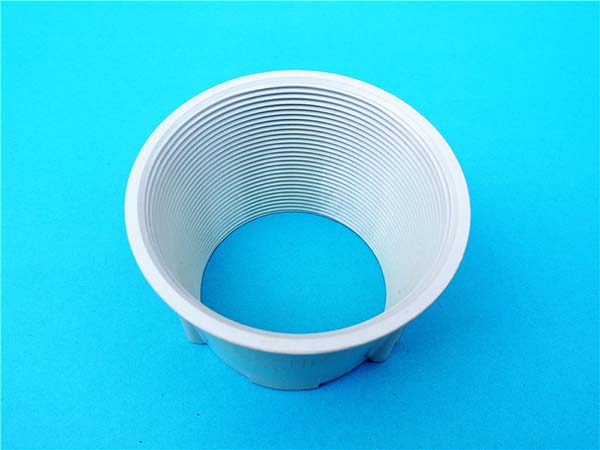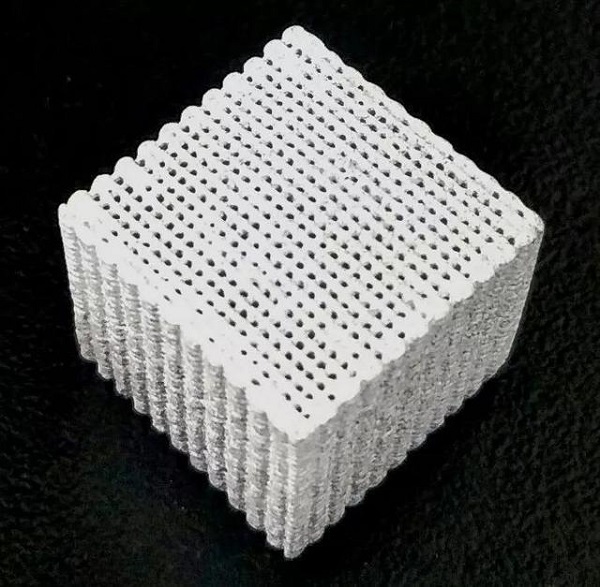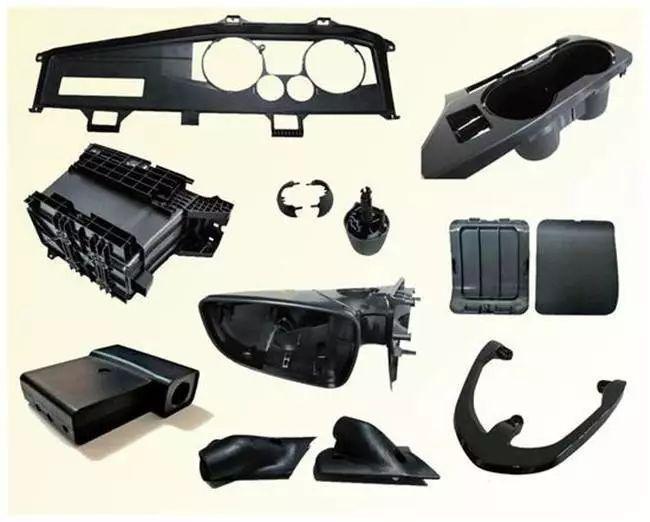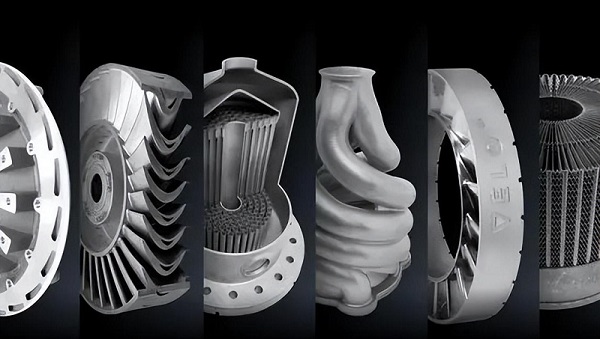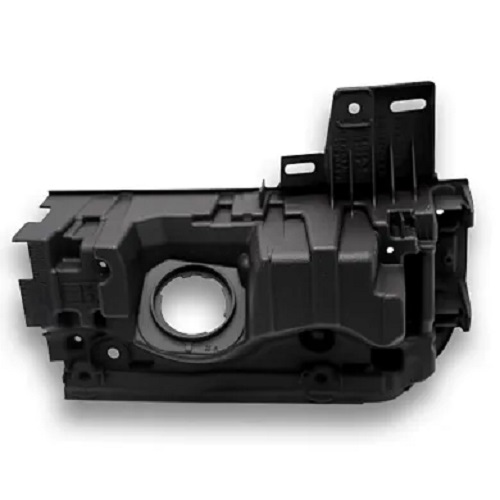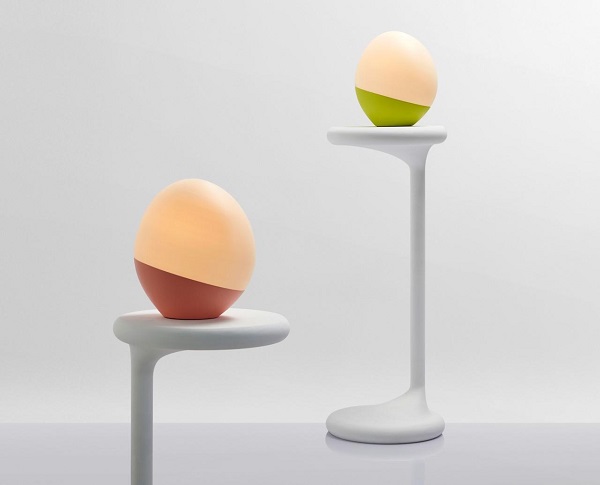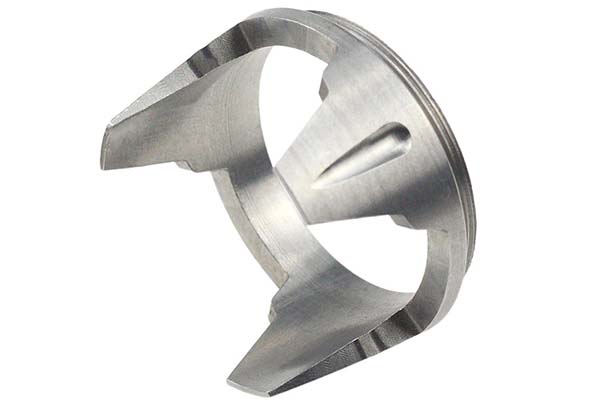Introduction
In recent years, 3D printing, also known as additive manufacturing, has emerged as a revolutionary technology that is transforming multiple industries. Since its inception, the technology has experienced exponential growth, with its applications expanding far and wide. From healthcare to automotive, aerospace to consumer goods, 3D printing is making inroads and disrupting traditional manufacturing processes.
1. Prototyping in Industry
1.1 Accelerated Product Development
In the industrial landscape, time is money, and 3D printing has emerged as a game - changer when it comes to product development. Traditional prototyping methods often involve complex processes such as machining, molding, or casting. These methods can be time - consuming, sometimes taking weeks or even months to produce a single prototype. For instance, in the automotive industry, creating a physical prototype of a new car part through traditional means might require the design to be sent to a toolmaker. The toolmaker then has to fabricate molds, which can be a labor - intensive and time - consuming process.
With 3D printing, companies can significantly reduce this lead time. A digital 3D model can be quickly transformed into a physical prototype in a matter of hours or days. Ford Motor Company, for example, uses 3D printing to rapidly produce prototypes of new vehicle components. By doing so, they can test the form, fit, and function of these parts much earlier in the development cycle. This allows them to identify and rectify design flaws promptly, ultimately shortening the overall product development timeline by up to 50% in some cases.
Moreover, the cost of 3D - printed prototypes is often much lower than that of traditionally - made ones. Since 3D printing doesn't require expensive molds or extensive tooling, the only significant costs are the materials and the operation of the 3D printer itself. This cost - effectiveness makes it accessible for startups and small - to - medium - sized enterprises (SMEs) to innovate without breaking the bank.
1.2 Design Iteration with Ease
Designers thrive on the ability to iterate and refine their ideas. 3D printing provides them with an unparalleled level of flexibility in this regard. In the past, making design changes during the prototyping stage was a headache. Even minor modifications could mean going back to the drawing board, re - fabricating molds, or starting the machining process all over again. This not only wasted time but also increased costs.
However, with 3D printing, designers can make digital design changes in their CAD (Computer - Aided Design) software and quickly print a new version of the prototype. Take the consumer electronics industry as an example. When designing a new smartphone, designers may want to experiment with different button placements, case shapes, or internal component layouts. With 3D printing, they can print multiple prototypes with different design iterations in a short period. They can then physically test these prototypes, get feedback from users or colleagues, and make further improvements. This iterative design process enabled by 3D printing ensures that the final product is optimized to meet market demands, both in terms of functionality and aesthetics.
2. Custom Manufacturing
2.1 Tailored Solutions for Special Needs
In industries where one - size - fits - all simply won't do, 3D printing has emerged as a savior, offering highly customized solutions. Take the medical field, for example. Every patient is unique, and their medical needs often require personalized equipment. 3D printing allows for the creation of customized prosthetics, orthotics, and even patient - specific surgical guides.
For patients with limb amputations, 3D - printed prosthetics can be designed to fit their residual limbs precisely. A scan of the patient's limb is taken, and a digital model is created. This model is then used to 3D - print a prosthetic limb that not only fits comfortably but can also be customized in terms of appearance, with options for different colors or even personalized patterns. In the case of orthotics, 3D - printed insoles can be made to correct specific gait abnormalities. By analyzing a patient's foot pressure points and gait, a customized insole can be printed to provide the necessary support and alignment.
The aerospace industry also benefits greatly from 3D - printed customized parts. Aircraft components need to be both lightweight and incredibly strong. With 3D printing, engineers can design and produce parts with complex internal geometries that are optimized for performance. For instance, a 3D - printed engine component can have internal channels for better cooling, something that would be extremely difficult to achieve with traditional manufacturing methods. These customized components can enhance the efficiency of the aircraft, reduce fuel consumption, and improve overall performance.
2.2 Niche Market Opportunities
3D printing has opened up a world of opportunities for niche markets. In the past, producing small - batch, highly specialized products was often economically unfeasible due to the high costs associated with traditional manufacturing methods, such as setting up molds or tooling. However, 3D printing eliminates the need for expensive tooling, making it possible for companies to target niche markets.
Consider the world of high - end fashion accessories. A small fashion brand might want to create a limited - edition line of unique jewelry pieces. With 3D printing, they can design intricate and one - of - a - kind jewelry models and produce them in small quantities. This allows them to cater to a niche market of customers who value exclusivity and unique designs. Another example is in the production of custom - made musical instruments. Luthiers (makers of stringed instruments) can use 3D printing to create unique guitar bodies or violin parts with specific acoustic properties tailored to the preferences of individual musicians.
According to a study by Wohlers Associates, the growth rate of 3D - printed products in niche markets has been steadily increasing. In 2022, the revenue from 3D - printed products in niche markets grew by 25% compared to the previous year. This growth is expected to continue as more companies realize the potential of 3D printing in reaching these specialized customer segments. By being able to produce small - batch, customized products, businesses can differentiate themselves in the market and meet the specific needs of customers who are willing to pay a premium for unique and personalized items.
3. Production of Complex Parts
3.1 Geometric Freedom in Manufacturing
Traditional manufacturing methods such as injection molding, machining, and casting have inherent limitations when it comes to creating complex geometric shapes. Injection molding, for example, often requires the use of molds, which restricts the design to shapes that can be easily ejected from the mold. Machining can be time - consuming and expensive when creating intricate parts, and some complex geometries may even be impossible to achieve.
3D printing, on the other hand, offers unparalleled geometric freedom. It builds parts layer by layer, allowing for the creation of internal channels, lattice structures, and undercuts that are extremely difficult or impossible to produce with traditional methods. One notable example is in the aerospace industry. General Electric (GE) uses 3D printing to manufacture fuel nozzles for its LEAP jet engines. These nozzles have complex internal geometries that optimize fuel flow and combustion. By using 3D printing, GE was able to combine multiple parts into a single component, reducing the number of parts by 85% and improving the performance of the engine. Another case is in the automotive industry, where companies are using 3D printing to create complex engine components with cooling channels that follow the exact shape of the part, enhancing heat dissipation and overall engine efficiency.
3.2 Lightweight and High - Performance Components
In many industries, such as aerospace and automotive, reducing the weight of components while maintaining or improving their performance is crucial. 3D printing enables the production of lightweight components through the use of optimized lattice structures and hollow designs.
Aerospace companies are increasingly turning to 3D - printed parts to reduce the weight of their aircraft. Airbus, for instance, has 3D - printed a variety of components, including brackets and air ducts. These 3D - printed parts are not only lighter but also offer better strength - to - weight ratios compared to their traditionally - manufactured counterparts. By reducing the weight of the aircraft, airlines can save on fuel costs and increase the range of their flights.
In the automotive industry, lightweight components can lead to improved fuel efficiency and better handling. McLaren, a high - performance automotive manufacturer, has explored the use of 3D - printed titanium components. These components are not only lightweight but also have excellent mechanical properties, allowing for better performance on the racetrack or on the road. The ability of 3D printing to create components with tailored internal structures means that manufacturers can design parts that are stronger in areas where stress is concentrated, while reducing material usage in less - stressed areas, resulting in both lightweight and high - performance components.
4. Applications in Different Industries
4.1 Automotive Industry
In the automotive industry, 3D printing has found multiple applications that are revolutionizing the way cars are designed and manufactured. One of the key areas is the production of engine components. For example, 3D printing is used to create complex intake manifolds. These components play a crucial role in the engine's performance by delivering air - fuel mixtures efficiently. With 3D printing, manufacturers can design manifolds with optimized internal channels, which improve the flow of the air - fuel mixture, leading to better combustion and increased engine efficiency. According to a study by the International Council on Clean Transportation, vehicles with 3D - printed intake manifolds can experience a 5 - 10% improvement in fuel efficiency.
Interior parts are also being increasingly produced using 3D printing. Custom - designed 3D - printed dashboard elements, door handles, and seat components are becoming more common. This allows car manufacturers to offer more personalized options to consumers. For instance, a luxury car brand might use 3D printing to create unique, ergonomic seat designs for its high - end models, enhancing the comfort and exclusivity of the vehicle. The use of 3D - printed interior parts also enables faster design changes and production of low - volume, special - edition car models, reducing the time and cost associated with traditional manufacturing methods for such niche products.
4.2 Aerospace Industry
The aerospace industry has been an early adopter of 3D printing, and for good reason. The ability to produce complex, lightweight parts is a game - changer in this field. One of the most significant applications is in the production of aircraft engine components. Turbine blades, for example, are some of the most critical parts of an engine. They operate in extremely high - temperature and high - stress environments. 3D printing allows for the creation of turbine blades with intricate internal cooling channels. These channels are designed to keep the blades cool during operation, improving their performance and lifespan. General Electric has been at the forefront of this technology, using 3D printing to manufacture turbine blades for its advanced jet engines. This has not only improved the efficiency of the engines but has also reduced the number of parts required, simplifying the manufacturing process.
Another area where 3D printing is making a significant impact is in the production of aircraft structural components. 3D - printed brackets, ribs, and fuselage parts are becoming more prevalent. These parts are often designed with lattice structures, which are lightweight yet incredibly strong. By using 3D - printed structural components, aircraft manufacturers can reduce the weight of the aircraft, leading to lower fuel consumption and increased range. Airbus has reported that some of its 3D - printed aircraft components have reduced weight by up to 40%, resulting in significant fuel savings over the lifespan of the aircraft. This technology also enables faster prototyping and production of custom - designed parts for specific aircraft models or missions, enhancing the flexibility and competitiveness of the aerospace industry.
4.3 Healthcare Industry
3D printing is transforming the healthcare industry in numerous ways. In the field of prosthetics, it has become a game - changer. Custom - made 3D - printed prosthetics are now available for patients, providing a more comfortable and better - fitting alternative to traditional prosthetics. A patient's residual limb can be scanned, and a digital model is created. This model is then used to 3D - print a prosthetic limb that is tailored to the patient's unique anatomy. This not only improves the functionality of the prosthetic but also enhances the patient's quality of life. For example, children with limb differences can receive 3D - printed prosthetics that are not only functional but also customizable in terms of color and design, making them more appealing to the young users.
In the area of medical device manufacturing, 3D printing allows for the creation of complex and patient - specific devices. Surgical instruments can be designed and printed to fit the exact requirements of a particular surgical procedure or the anatomy of a patient. This can improve the precision and success rate of surgeries. Additionally, 3D printing is being explored in drug development. Scientists are using 3D - printed models of human organs to test the efficacy and safety of new drugs. These organ - on - a - chip models can mimic the functions of real organs, providing a more accurate and cost - effective way to screen potential drugs compared to traditional animal testing methods.
Yigu Technology's Viewpoint
As a non - standard plastic and metal products custom supplier, Yigu Technology recognizes the transformative potential of 3D printing in industrial applications. 3D printing aligns perfectly with our business model, which focuses on providing customized solutions. It enables us to create highly tailored plastic and metal products for our clients with greater speed and precision.
The ability to produce complex geometries means we can meet the most intricate design requirements from our customers. For example, when creating custom - designed metal brackets for a specialized machinery project, 3D printing allows us to incorporate unique shapes and internal structures that would be otherwise challenging to achieve. This not only enhances the functionality of the products but also gives our clients a competitive edge in their respective markets.
Moreover, 3D printing reduces the lead time for product development. In the past, custom - made non - standard products often required long production cycles due to the need for mold - making and complex machining processes. Now, with 3D printing, we can quickly turn around prototypes and small - batch production, enabling our clients to bring their products to market faster. It also minimizes material waste, which is an important factor in our commitment to sustainable manufacturing practices. Overall, 3D printing is a powerful tool that empowers Yigu Technology to innovate and better serve our customers in the industrial sector.
